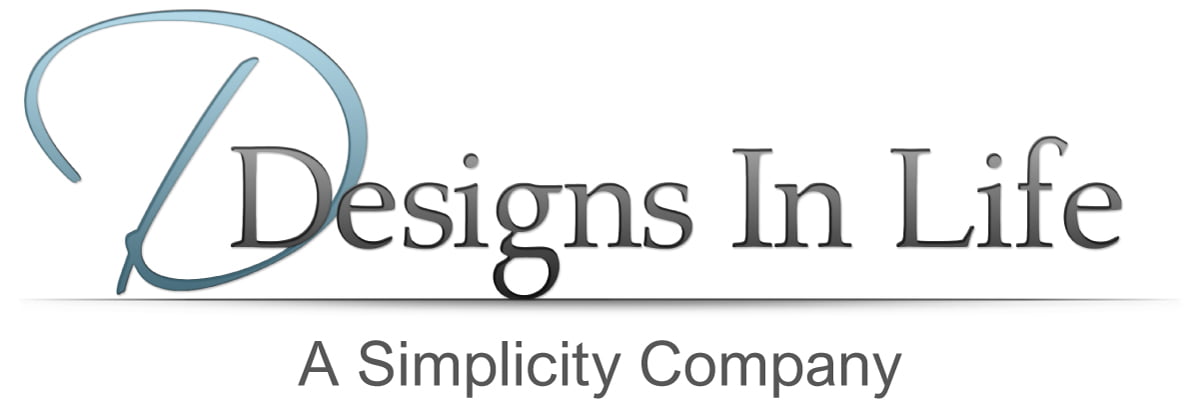INDEX UL REQUIRES SUITABILITY/DISCLOSURE REVIEW
To manage the risk of suitability missteps, Richard Weber, president of The Ethical Edge, lists best practices brokerage general agencies can adopt to become better advocates for their clients and to manage expectations realistically. This is not always easy, given that IUL is a flexible premium product often sold using premium illustrations that paint an unrealistic picture of what a client’s likely returns might be. Insurers and agents face frequent lawsuits filed by angry clients who mistakenly believe that the premium used in their illustration was the actual premium they would pay.
“We are struggling with the rigidity of the illustration and the complexity of the product,” Weber said. “What we’re doing with IUL is protecting against deep losses by giving up earnings above a certain line.” Sounds simple enough, but very few agents even understand the math of the point-to-point returns of a IUL policy, Weber said, and how much a single day can matter in calculating the returns upon the policy’s anniversary.
“We need better ways of testing a client’s risk tolerance,” Weber said. “But brokers tend not to have those conversations with their clients.” This becomes especially important for customers who do not want to pay more than a certain price for IUL.
Weber offers a series of recommendations for BGAs so they can sell IUL with a greater sense of ethical certainty.
- Prepare to retrain brokers with appropriate expertise from the ground up. Assume nothing of what they know.
- Establish logical and workable compliance procedures. Work out any challenges this may create with the insurance carriers themselves.
- Don’t take every broker who walks in the door. Weber recalled how one BGA in Washington state was sued because it failed to check a new agent’s credentials; it turns out he was a criminal. BGAs can and will be held accountable in lawsuits against agents.
- Create a standardized client information intake process.
- Focus on professional sales training. Insurance carriers have not focused on training for years, Weber said, and there is a whole generation that does not know how to sell professionally.
- Differentiate experienced brokers from newer ones. DO not assume they all have the same skills. A broker who is new to the industry runs a higher chance of not saying what really needs to be said to the client when selling IUL.
- Create a policy placement process.
- Create post-sale policy management services and emphasize their benefit during policy placement.
- Develop a branded “life insurance property management” protocol, like an investment policy statement. Weber noted that agents rarely use an IPS as an entry point for talking to a client. But if it is logical to propose a certain kind of polict to a client, the agent should first explore the client’s resources, needs, risk tolerance and concerns. See what they know about insurers’ financial strength ratings.
- Conduct annual policy reviews. Start by building a policy management system, ideally managed by computer, and use that with brokers. Persistency will soar, as will clients’ loyalty to their agents.
- When using an IUL illustration as a planned premium calculator, it is important to set realistic expectations, especially if the client is concerned about price. “You have no idea what the premium will be, or how the markets will perform,” Weber said. “If the policy is underfunded or thinly funded, be really conservative on planned premium.”
“This is Agent 2.0 with Consumer 2.0, starting conversations more in a financial planning context than beginning by speaking purely about insurance,” Weber said. “Clients are better served, policies persist better, the industry loses its stigma, and it will differentiate you in the marketplace.”
